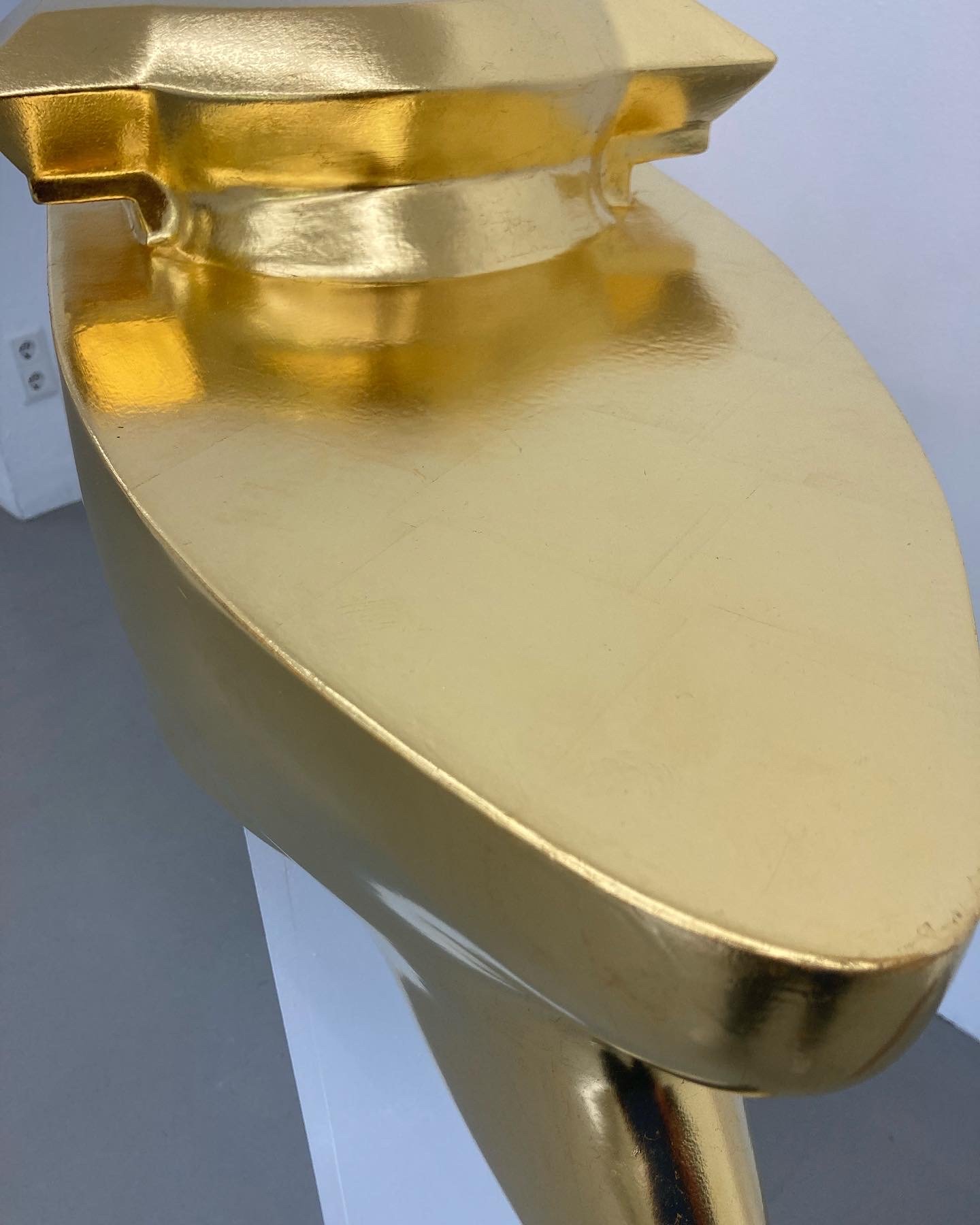A Group Exhibition
THE FIRST DAY
28. July - 9. September 2022
Gallery Gudmundsdottir, Berlin-Mitte
The First Day offers a reflection on the human condition and our place in the cosmos. These works open our imagination to fathom the vast and strange expanse of the universe and its possible worlds, with our earth sitting seemingly calm in its time/space vortex.
At Gallery Gudmundsdottir, Joachimstrasse 17, Berlin-Mitte. ‘The First Day’
“On the first day, God created light in the darkness.”
Genesis stories are a part of virtually every culture, with human imagination aiming to solve the mysteries of the creation of our world and existence, seeking to give direction and meaning to our lives. The theme of light is ever present in bringing about the first day, but in a most general way “a universe comes into being when a space is severed” (Spencer-Brown). As such, modern scientific cosmogony follows in these footsteps: the big bang as an explosive severance of an original singularity; the CMB (cosmic microwave background) or relic radiation as a universal shimmer of light remaining from the moment the first atoms formed and the universe became transparent; the birth of the first stars some 13.6 billion years ago, which the James Webb Space Telescope promises to capture live.
Even if we see resemblances, modern cosmogony does not pertain to give direction and meaning to our existence, for it has cut all its ancient ties with cosmology. Science, its foundation, provides means, but neither meaning nor ends. And thus, we today might side with the 18th century German physicist and philosopher Georg Christoph Lichtenberg, who, when learning of Wilhelm Herschel’s discovery of Uranus as the first new planet since antiquity, wrote in his sudelbücher: „To invent an infallible cure for toothache by which it might be immediately arrested, could well be worth as much and more than the discovery of yet another planet. “
THE FIRST DAY features work by Sarah Ancelle Schönfeld (1979), Gudny Gudmundsdottir (1970), Björg Thorsteinsdóttir (1940 –2019), Hulda Rós Gudnadóttir (1973), Anna Júlía Friðbjörnsdóttir (1973) and Erla S. Haraldsdóttir (1969), presenting a reflection on the human condition and our place in the cosmos. These works open our imagination to fathom the vast and strange expanse of the universe and its possible worlds, with our earth sitting seemingly calm in its time/space vortex. And they direct the view to the other side of creation, out seemingly supreme directive to, as Genesis 1.28 has it, subdue the earth, and the futures this may bestow on us.
At Gallery Gudmundsdottir, Joachimstrasse 17, Berlin-Mitte. ‘The First Day’ - Erla Haraldsdóttir, Anna Júlía Friðbjörnsdóttir
At Gallery Gudmundsdottir, Joachimstrasse 17, Berlin-Mitte. ‘The First Day’. ‘Golden Ship’ by Hulda Rós Gudnadóttir
At Gallery Gudmundsdottir, Joachimstrasse 17, Berlin-Mitte. ‘The First Day’ - Sarah Ancelle Schönfeld, Björg Thorsteinsdottir
At Gallery Gudmundsdottir, Joachimstrasse 17, Berlin-Mitte. ‘The First Day’ - Gudny Gudmundsdottir
At Gallery Gudmundsdottir, Joachimstrasse 17, Berlin-Mitte. ‘The First Day’ - Erla Haraldsdóttir
At Gallery Gudmundsdottir, Joachimstrasse 17, Berlin-Mitte. ‘The First Day’ - Björg Thorsteinsdottir
At Gallery Gudmundsdottir, Joachimstrasse 17, Berlin-Mitte. ‘The First Day’ - Sarah Ancelle Schönfeld







